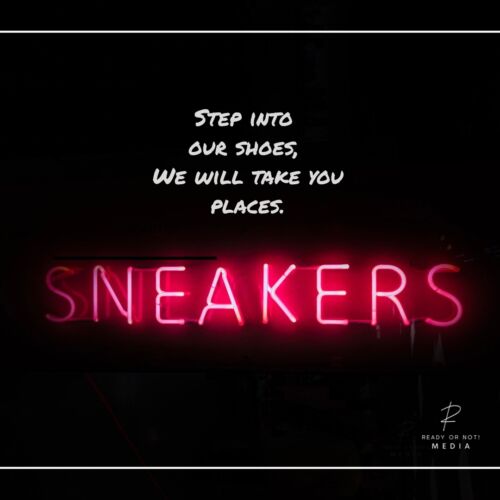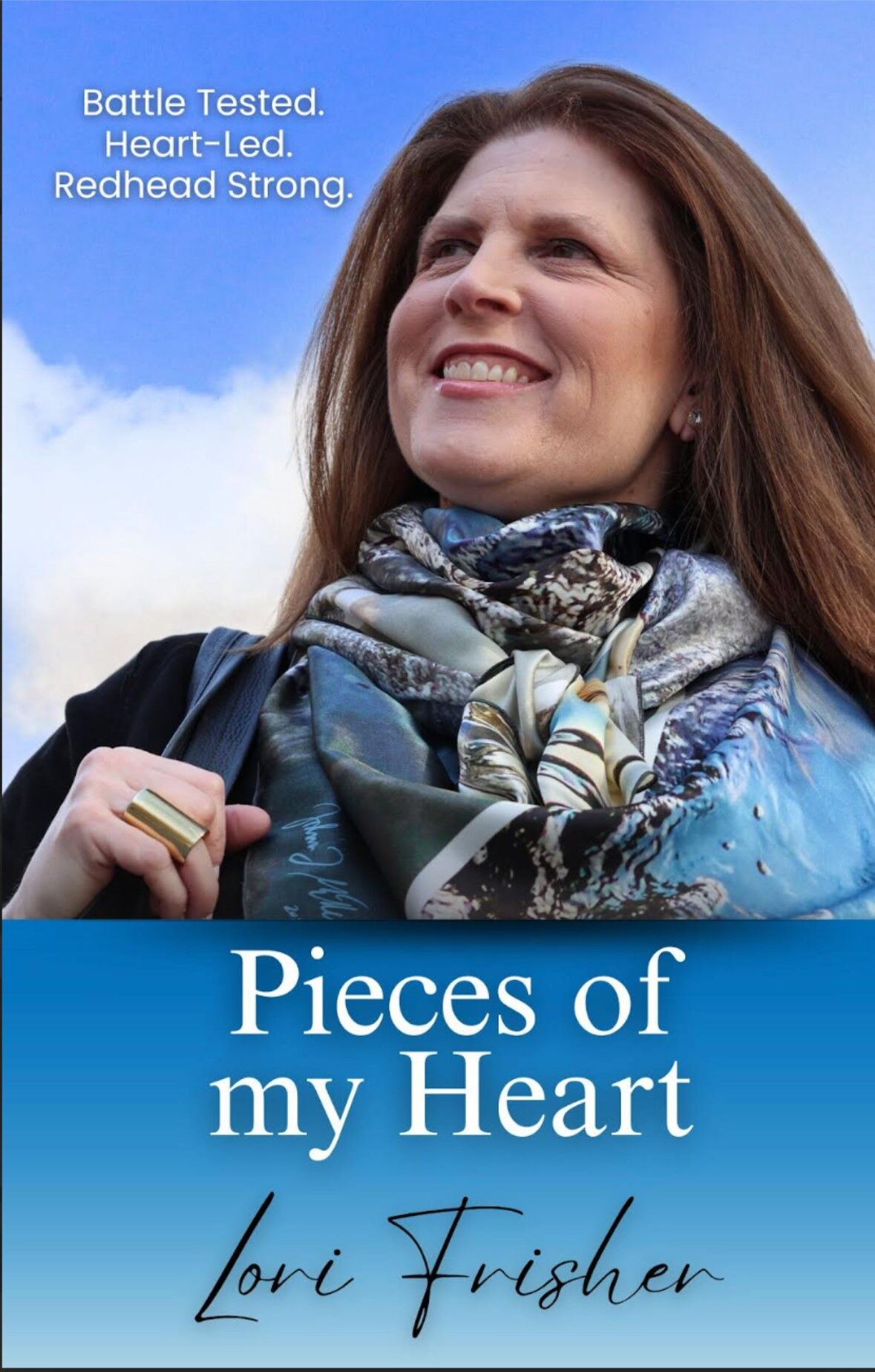
Step in our shoes, we will take you places….
It holds true, listening is often the only thing needed to help someone.
“I can only wear this type of shoe because I need the additional ankle support I need to walk. At 16 years old, I am able to completely dress myself, but my parents still have to tie my shoes. As a teenager who is striving to become totally self-sufficient, I find this extremely frustrating and, at times, embarrassing,” said Matthew Walzer, who lives with cerebral palsy. A disorder that impacts walking, balance and some fine motor skills.
Matthew expressed his concerns in a letter to Nike, which propelled a team of designers to step into the creation of a shoe with a hinged sole, allowing for ease of access and egress, with a high-tension band to help retain the shoe’s structural integrity, while still being seen as a comfort, stylish shoe.
As I shared the adaptive footwear blog idea with my intern Brett (who also has CP) over zoom, his face lit up as he held up his FlyEase sneakers. “Oh my gosh Lori no way I have these, Matthew changed my life! They are the best most easy sneakers ever for me…I wear them everyday!”
Nike FlyEase, Reebok Adapt, Adidas Futurecraft, New Balance, Vans, and Zappos are pushing the boundaries of timeless and versatile product design and comfort, making adaptive shoes more stylish and comfortable for everyone.
It Doesn’t Stop Here. When we Represent, we Must Represent.
We must remember not only to design something with us in mind but to give us access to the product. To remember disability is not a bad word.
Not everyone can lace up their sneakers as quickly as you think.
Designers and engineers are elevating fashion to be more universal by becoming more ACCESSIBLE and AFFORDABLE for a wider range of consumers. They are LISTENING.
Yes, it is a $490 Billion market.
Leading with empathy to best create inclusive designs will initiate positive social change for all industries.
Let’s take the STEPS so others can GO PLACES they would have never imagined.


